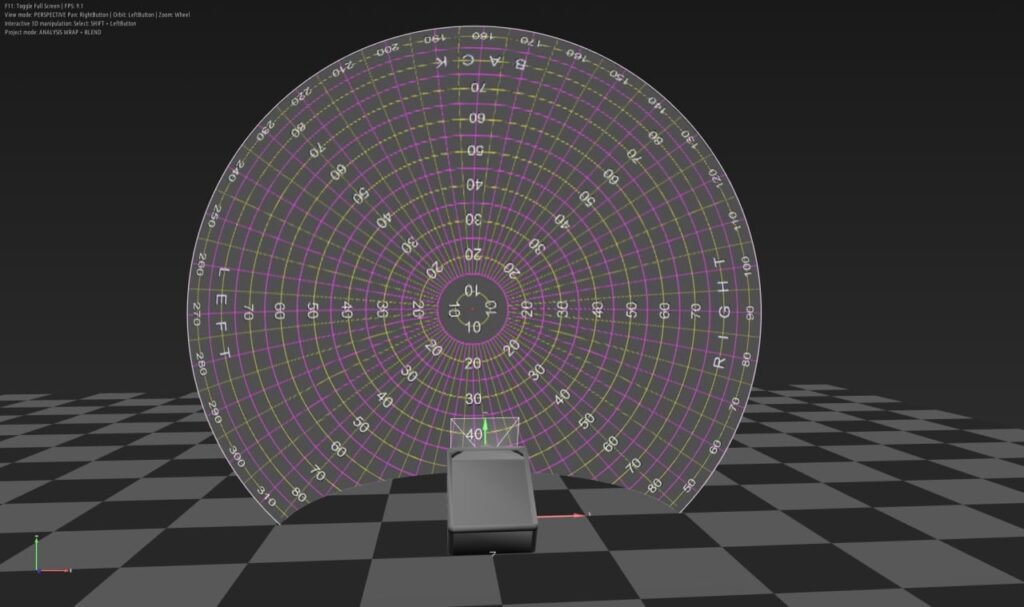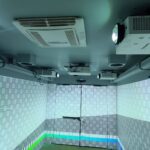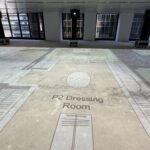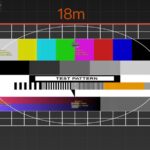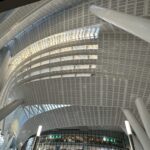Introduction to Interactive Projection Design
In today’s digital age, interactive projection design has emerged as a powerful tool for creating immersive experiences. This innovative technology combines the elements of projection mapping and interactive design to bring static surfaces to life. By transforming ordinary objects into dynamic canvases, interactive projection design has revolutionized the way we perceive and interact with our surroundings.
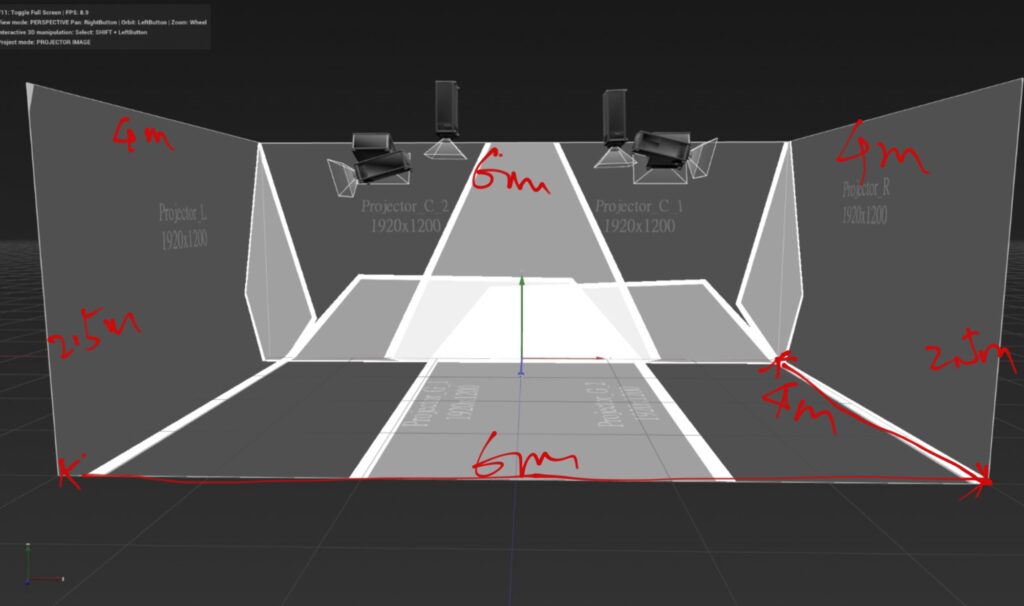
The Process of Interactive Projection Design
The process of interactive projection design involves several stages, each contributing to the creation of a captivating and engaging experience. Let’s explore these stages in detail:
- Conceptualization: The first step in the process is to conceptualize the interactive projection design. This involves brainstorming ideas, defining the objectives, and outlining the desired user experience. The designer must consider factors such as the target audience, the purpose of the installation, and the available resources.
- Content Creation: Once the concept is finalized, the next step is to create the content for the interactive projection. This includes designing visuals, animations, and interactive elements that will be projected onto the surface. The content should be engaging, visually appealing, and aligned with the overall theme of the installation.
- Projection Mapping: Projection mapping is a technique used to precisely align the projected content with the physical surface. By mapping the projection onto irregular shapes or objects, the designer can create the illusion of depth and movement. This adds an extra layer of realism and immersion to the interactive experience.
- Interaction Design: The interactive elements of the projection design are crucial in engaging the audience and creating a memorable experience. This involves designing intuitive and responsive interactions that allow users to interact with the projected content. Whether it’s through touch, motion, or voice, the interaction design should be seamless and intuitive.
- Technical Setup: The technical setup includes the installation of projectors, sensors, and other necessary equipment. The designer must ensure that the hardware is properly calibrated and synchronized to deliver a seamless interactive experience. This stage also involves testing and troubleshooting to address any technical issues that may arise.
- User Testing and Feedback: Once the interactive projection design is set up, it’s essential to conduct user testing and gather feedback. This helps in identifying any usability issues, improving the overall user experience, and making necessary adjustments to the design. User feedback plays a crucial role in refining the interactive projection design and ensuring its effectiveness.
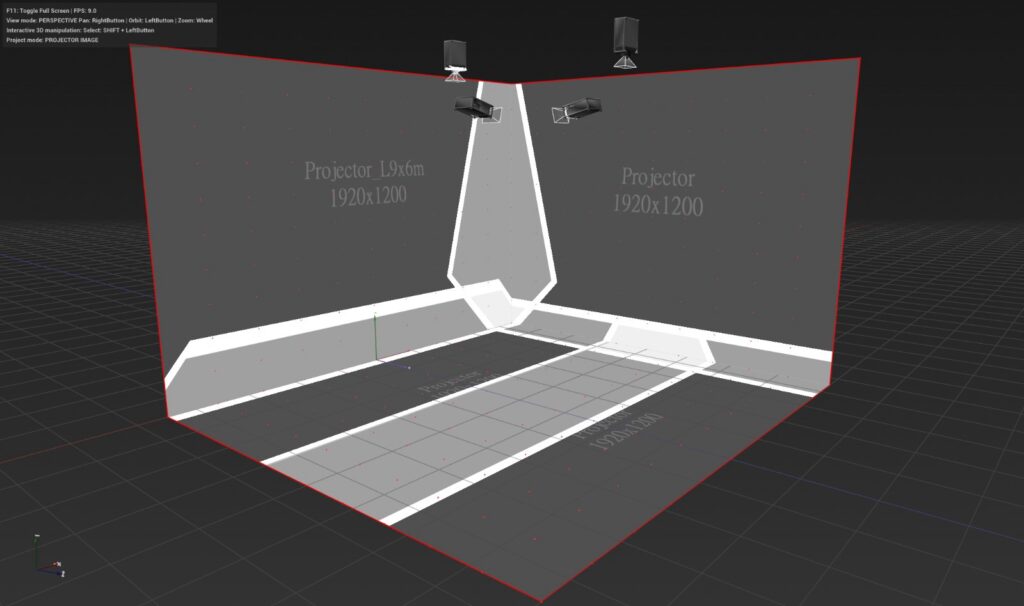
Applications of Interactive Projection Design
Interactive projection design finds applications in various industries and settings. Let’s explore some of the key areas where this technology is making a significant impact:
- Experiential Marketing: Brands are leveraging interactive projection design to create immersive and memorable experiences for their customers. By projecting interactive content onto buildings, floors, or product displays, brands can engage their audience in a unique and interactive way, leaving a lasting impression.
- Entertainment and Events: Interactive projection design has transformed the entertainment industry by adding an extra layer of interactivity to live performances, concerts, and events. From interactive stage backdrops to interactive installations at music festivals, this technology enhances the overall entertainment experience.
- Education and Museums: Interactive projection design is being used in educational settings to make learning more engaging and interactive. Museums are incorporating interactive projections to bring historical artifacts to life, allowing visitors to explore and interact with the exhibits in a dynamic and immersive manner.
- Retail and Visual Merchandising: Retailers are embracing interactive projection design to create captivating visual displays that attract customers and enhance the shopping experience. By projecting interactive content onto store windows or product displays, retailers can showcase their products in a unique and interactive way, driving customer engagement and sales.
- Architecture and Interior Design: Interactive projection design is also finding its place in the field of architecture and interior design. Designers are using projection mapping techniques to transform spaces, creating dynamic and interactive environments that respond to user interactions. This technology allows architects and designers to push the boundaries of creativity and create truly immersive spaces.
Frequently Asked Questions (FAQ)
Q1: What is the difference between projection mapping and interactive projection design?
Projection mapping is a technique used to project visuals onto irregular surfaces, creating the illusion of depth and movement. On the other hand, interactive projection design combines projection mapping with interactive elements, allowing users to interact with the projected content.
Q2: Can interactive projection design be used outdoors?
Yes, interactive projection design can be used both indoors and outdoors. However, outdoor installations require additional considerations such as weatherproofing and ambient light control.
Q3: What are some popular software tools used for interactive projection design?
Some popular software tools for interactive projection design include TouchDesigner, MadMapper, and Resolume. These tools provide designers with the necessary features and capabilities to create interactive and visually stunning projections.
Q4: How can interactive projection design benefit businesses?
Interactive projection design can benefit businesses in multiple ways. It creates a unique and memorable experience for customers, helping to increase brand awareness and engagement. By incorporating interactive elements into their marketing campaigns or retail displays, businesses can attract attention and stand out from the competition. Interactive projection design also allows for real-time data collection, providing valuable insights into customer behavior and preferences. This data can be used to optimize marketing strategies and improve the overall customer experience.
Q5: What are the future possibilities of interactive projection design?
The future possibilities of interactive projection design are vast and exciting. As technology continues to advance, we can expect to see more sophisticated interactive experiences, incorporating elements such as augmented reality and artificial intelligence. Interactive projection design has the potential to transform various industries, including gaming, healthcare, and architecture. With the continuous evolution of hardware and software, the boundaries of what can be achieved with interactive projection design are constantly expanding.
Conclusion
Interactive projection design has revolutionized the way we perceive and interact with our surroundings. By combining projection mapping with interactive elements, this innovative technology creates immersive and engaging experiences that captivate audiences. From experiential marketing to education and entertainment, interactive projection design finds applications in various industries. As technology continues to evolve, the possibilities for interactive projection design are endless. Embrace this exciting technology and unlock new dimensions of creativity and engagement.
